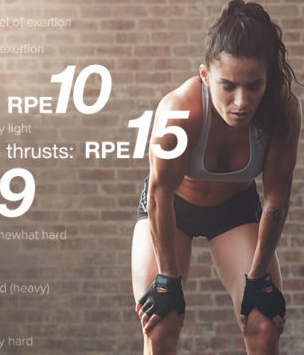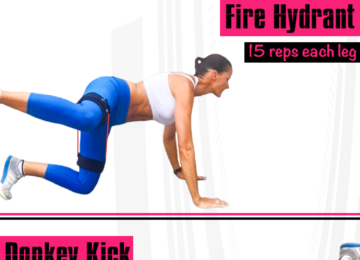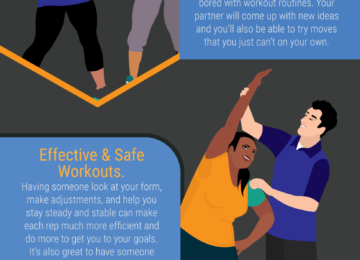Why Use RPE?
Progress comes in fits and starts. One day you feel fast and energized during your morning runs; the next you feel sluggish and flat-footed. One week you’re banging out extra reps in the bench press and squat, and the next you struggle to even make it through your third sets. Ignore such fluctuations and you risk overtraining or under-training, and even injury. Heed them, however, and you can reach your goals faster while minimizing those risks.
RPE formalizes the concept of “listening to your body” during a workout, which means you can use the RPE scale to determine whether it’s a good day to push harder (such as when 6 mph on the treadmill delivers a lower RPE than normal) or back off (like when a Beachbody routine you ordinarily crush yields a higher RPE than normal).
And since it’s entirely personalized to how you feel during a specific workout — rather than a universalized scale of what your body should be able to do — it informs you exactly when to hold ’em and when to fold ’em.
It also eschews any instruments or technology; all the Borg RPE requires is your ability to count — and fairly rate your own effort. That last part means that it’s not always the most accurate way to gauge training intensity (more on that in a bit), but it is the most readily accessible.











